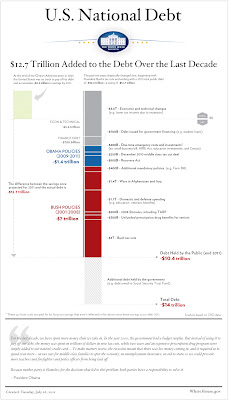Sociological mapping on a grand scale in London
Booth’s Maps are important documents of mass poverty, but by drilling down and giving huge amounts of detail, they do more than analyze it statistically,” said Beverly Cook, curator of social and working history at the Museum of London. “Many writers and artists of the time saw London as a divided city, split between rich and poor, but these maps show its complexities. In many respects, they give a more realistic portrayal of working class life in London than Charles Dickens’s novels. By making something so complicated seem straightforward, Booth’s Poverty Map was also a triumph of information design. It fulfilled one of design’s most useful functions — helping us to make sense of the world — by distilling an avalanche of information into a clear, coherent form. An Early Triumph in Information Design - NYT.com




